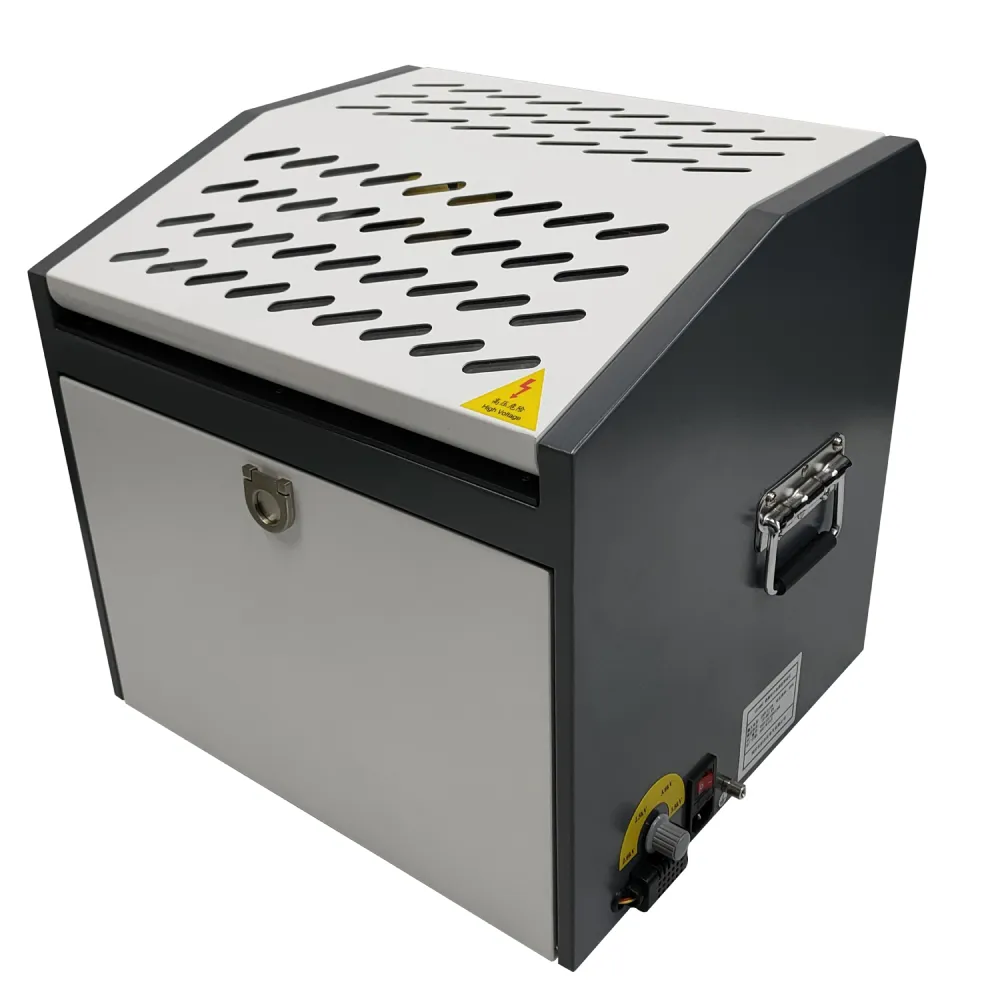 English
English


Optimizing Gas Chromatography Techniques for Enhanced Analysis of Complex Chemical Mixtures
Understanding Gas Chromatography Procedure and Applications
Gas chromatography (GC) is a powerful analytical technique widely used in laboratories to separate and analyze compounds that can be vaporized without decomposition. It plays a crucial role in various fields, including chemistry, biochemistry, forensic science, and environmental analysis. This article provides an overview of the gas chromatography procedure, its components, and its applications.
Overview of the Gas Chromatography Procedure
The gas chromatography process typically involves several key steps sample preparation, injection, separation, detection, and data analysis
.1. Sample Preparation Before analysis, samples must be appropriately prepared. This may involve dissolving solids in a suitable solvent, filtering out particulates, or concentrating the analyte. The goal is to ensure that the sample is compatible with the GC system and that impurities do not interfere with the analysis.
2. Injection The prepared sample is then injected into the gas chromatograph. This is usually done using a microsyringe or an auto-sampler, which ensures precise and reproducible injection volumes. The injection port is heated to vaporize the sample, allowing it to enter the column as a gas.
3. Separation The heart of gas chromatography is the separation column, which is usually a long, thin tube packed with a stationary phase. As the vaporized sample enters the column, its components interact differently with the stationary phase, depending on their volatility and chemical properties. This results in the components of the sample being separated as they travel through the column at different rates.
4. Detection After separation, the individual components exit the column and enter a detector. Common detectors used in GC include flame ionization detectors (FID), thermal conductivity detectors (TCD), and mass spectrometers (MS). The detector generates signals proportional to the concentration of each component, which are then recorded as a chromatogram—a graphical representation of detector response versus time.
gas chromatography procedure

5. Data Analysis The final step in the gas chromatography process is data analysis. Scientists analyze the chromatogram to identify and quantify the components of the sample. Peaks on the chromatogram correspond to different substances, with the area under each peak representing the amount of that substance in the sample. Calibration with standard solutions allows for accurate quantification.
Applications of Gas Chromatography
Gas chromatography is utilized in various industries due to its versatility and reliability. In the petrochemical industry, GC is used to analyze refined products and raw materials, ensuring quality control. In environmental science, it helps detect pollutants in air, soil, and water samples, contributing to environmental protection efforts.
In the food and beverage industry, gas chromatography plays a vital role in analyzing flavors, fragrances, and contaminants, ensuring safety and quality. Additionally, forensic laboratories use GC to identify substances involved in criminal investigations, such as drugs and explosives.
In the pharmaceutical industry, gas chromatography is essential for the analysis of drugs and their metabolites, ensuring compliance with regulatory standards. The technique is also used in the production of perfumes and cosmetics to analyze volatile compounds that contribute to scent.
Conclusion
Gas chromatography has become an indispensable tool in analytical chemistry, providing rapid and reliable results across various fields. Understanding the GC procedure—from sample preparation to data analysis—enables researchers and industry professionals to harness its capabilities effectively. As technology progresses, the methods and applications of gas chromatography continue to evolve, offering new insights and advancing scientific knowledge.
-
Differences between open cup flash point tester and closed cup flash point testerNewsOct.31,2024
-
The Reliable Load Tap ChangerNewsOct.23,2024
-
The Essential Guide to Hipot TestersNewsOct.23,2024
-
The Digital Insulation TesterNewsOct.23,2024
-
The Best Earth Loop Impedance Tester for SaleNewsOct.23,2024
-
Tan Delta Tester--The Essential Tool for Electrical Insulation TestingNewsOct.23,2024





